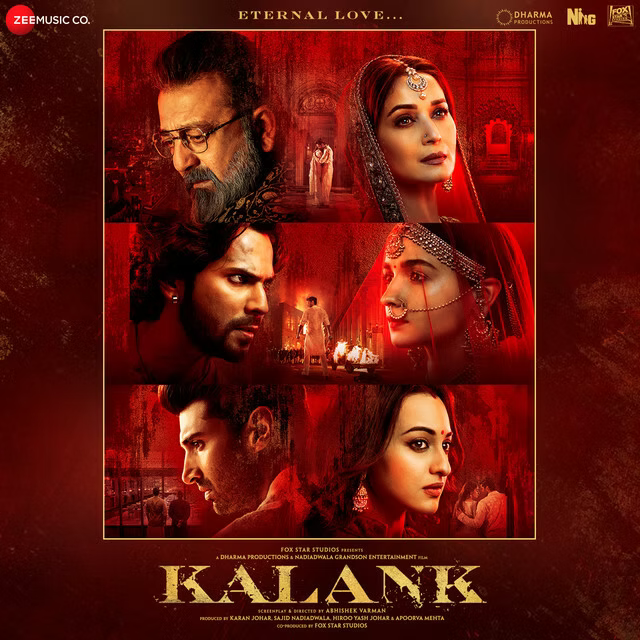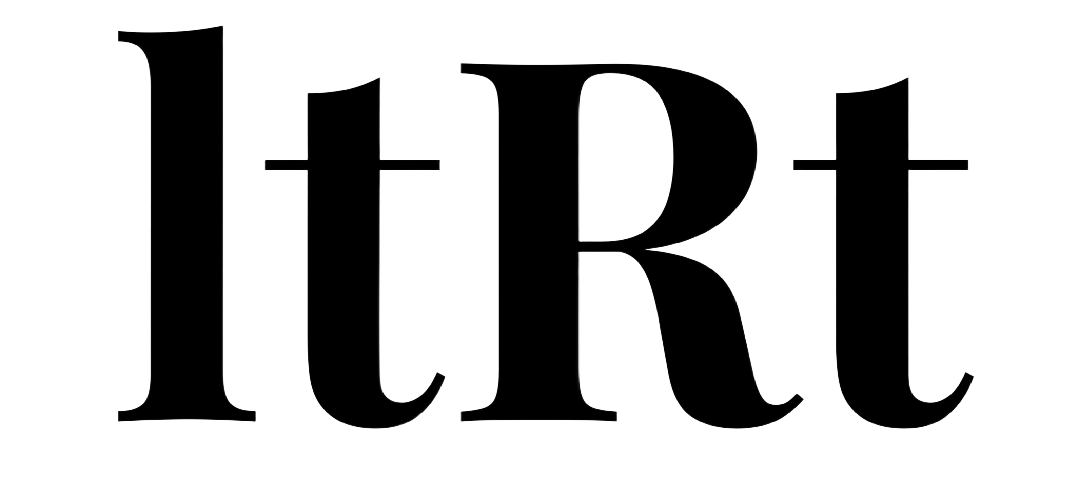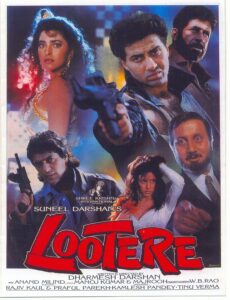Spotify is a website that streams music online providing the consumer with immediate access to its huge online music and podcast catalog, enabling one to listen to any preferred content at any time of choice. It is simple to use and legal. Since its initial release in 2008, Spotify has remained for almost 15 years, and while a lot has changed, the platform also became one of the most widely used music streaming services, far outpacing alternatives like Apple Music and TIDAL.
It was found out that Spotify currently has 489 million monthly active listeners as of 2023. However, if you’re not a user of Spotify, you might have missed something big and important. A large number of Bollywood tracks vanished from the music streaming service a few days ago. And if you’d given the mystery a little thought, you may have noticed a connection: all of the missing tracks were from Zee Music’s catalogue.Zee Music Co. (ZMC), a division of Zee Entertainment Enterprises, is an Indian music label doing most of its business out of New Delhi. In a short amount of time, the organisation was able to significantly increase its market share in the Bollywood music.
However the big question that arises is why so many Bollywood songs were removed from the streaming platform?

It was observed that Zee Music had over 12 songs on the Daily Top 200 Songs chart for India as of March 14 , the day before the catalogue was removed from Spotify. Spotify and Zee Music were unable to settle on a firm price for what each of those songs is actually worth.
The licencing agreement failed. As a result of the failure of negotiations to extend their licence agreement, Spotify has removed the music from its website that is owned by the Zee Music Company. Numerous well-known Bollywood albums have been taken down as a result of this licencing agreement dispute. Due to the same, Spotify users are furious because their preferred songs are no longer playable.
Although, in order to understand all this it is very significant for us initially to under how the music industry used to work and is working in the present times.
Working of the music industry
To simply a complex structure, you have the musician who channels their entire creative potential into the tunes we adore. But in order for the songs to get to listeners like us, they usually go through a middleman. The size of this record company rivals that of Sony Music or Universal Music Group. They are the ones with the significant distribution influence and fan base. They hire a performer and commit to promoting their music. The audio is essentially owned by the label. Additionally, every time a recording is purchased, the artists receive a royalty.

That was how it operated for a very long time. However, when a Swedish company by the name of Spotify appeared in 2008, they informed these record companies that people were merely downloading music illegally or through piracy. This was due to the fact that no one wished to purchase entire albums. They only desired particular songs. Additionally, theft resulted in financial loss for everyone. Thus, Spotify’s sales pitch was straightforward. The labels’ collection of music would be licenced by them. And they’d let us- you and me, play it whenever we wanted utilising the internet.
Spotify would provide the audio for free, so there would be no more piracy. They’d run advertisements and profit. or impose a monthly cost, a portion of which would go to the record label, who would then pay the artists.
After initially being wary of this new competitor, the regional record labels eventually joined the cause, and on February 26, 2019, Spotify launched in India. In 2019 and 2020, respectively, Spotify signed licencing agreements with the venerable labels like Saregama and T-Series, adding another 100,000 songs to its catalogue. Additionally, a good thing, as of right now is that streaming services like Spotify, Wynk, Apple Music, and Gaana account for more than 60% of the income for Indian music labels.
So, you have to question why Zee Music severed ties with Spotify if music labels stand to profit greatly from it. One word –‘ Leverage’.
War of subscribers
India is one of Spotify’s significant markets. When Spotify India first entered the market in 2019, Akshat Harbola, director of strategy, stated that “the consumption was 70% international music, now it’s 70% local music.” According to Arjun Kolady, director of sales at the platform, Spotify India has “one of the fastest, if not the fastest growing ads business for Spotify in the world.” However, the leverage in the partnership is what the record companies really want.

In India, there are other popular streaming services available for music fans, unlike in North America, the UK, and Canada. Other players dug deep and extended far during the platform’s 11-year journey to Indian shores. With 200 million users since its April 2010 launch, Gaana bills itself as India’s largest commercial music streaming programme. In our new tech-obsessed nation, Apple Music, which debuted in our country in 2015, is the standard music programme for iPhone users. Saavn, a freemium application, was first established in 2007. It now has the rights to over 8 billion songs in 15 different languages. Last but not least on our list of top players is YouTube, which, according to a Nielsen study, is the preferred app for Indians to use to listen to music while they are on the go. The fact that it streams movies is a major factor. For us Indians, visuals play a significant role in the auditory experience, particularly when listening to ‘filmi gaanas’. One wonders what “Thumkeshwari” or “Naatu Naatu” by Bhediya or RRR would be without the choreography; the message wouldn’t be fully delievered if you didn’t see the main actors performing the hook movements.
Zee Music has a sizable 94 million users, while market leader T-Series has 239 million. It is therefore not shocking that the label chose to use its influence and demand a larger sum of money than the few crores it was receiving.
The Gen-Z mindset

On the other hand, Spotify appears to be having trouble growing its U.S. user base. One could reasonably infer that Indians favour free gifts. Instead of paying a monthly fee to get our music fix, Gen Z would prefer to download it illegally and run the risk of being discovered. According to an IMI (Indian audio Industry) survey from 2022, people between the ages of 16 and 24 used audio streaming services the most frequently (97%) but were also the least likely to pay for it. Unsurprisingly, 47% of Gen Z claimed they did not pay because they could access any song they desired for free on YouTube and the high cost of premium subscriptions. Spotify is in a bind because of this listener pattern! With a larger ad-sales team, the platform is doubling down on advertising income. But if you listen through the ads in-between songs, you’ll note that they come from the platform itself rather than from consumer brands mainly because the platform struggles to find real advertisers.
Thereof, Zee Music appears to be triumphant after trapping Spotify in a Catch-22. Either the streaming service needs to attract more free-loving Indians, or it needs to charge them for the privilege of listening to their favourite music. If their demands for more are not met, other record labels may attempt to leave if they are not satisfied.








